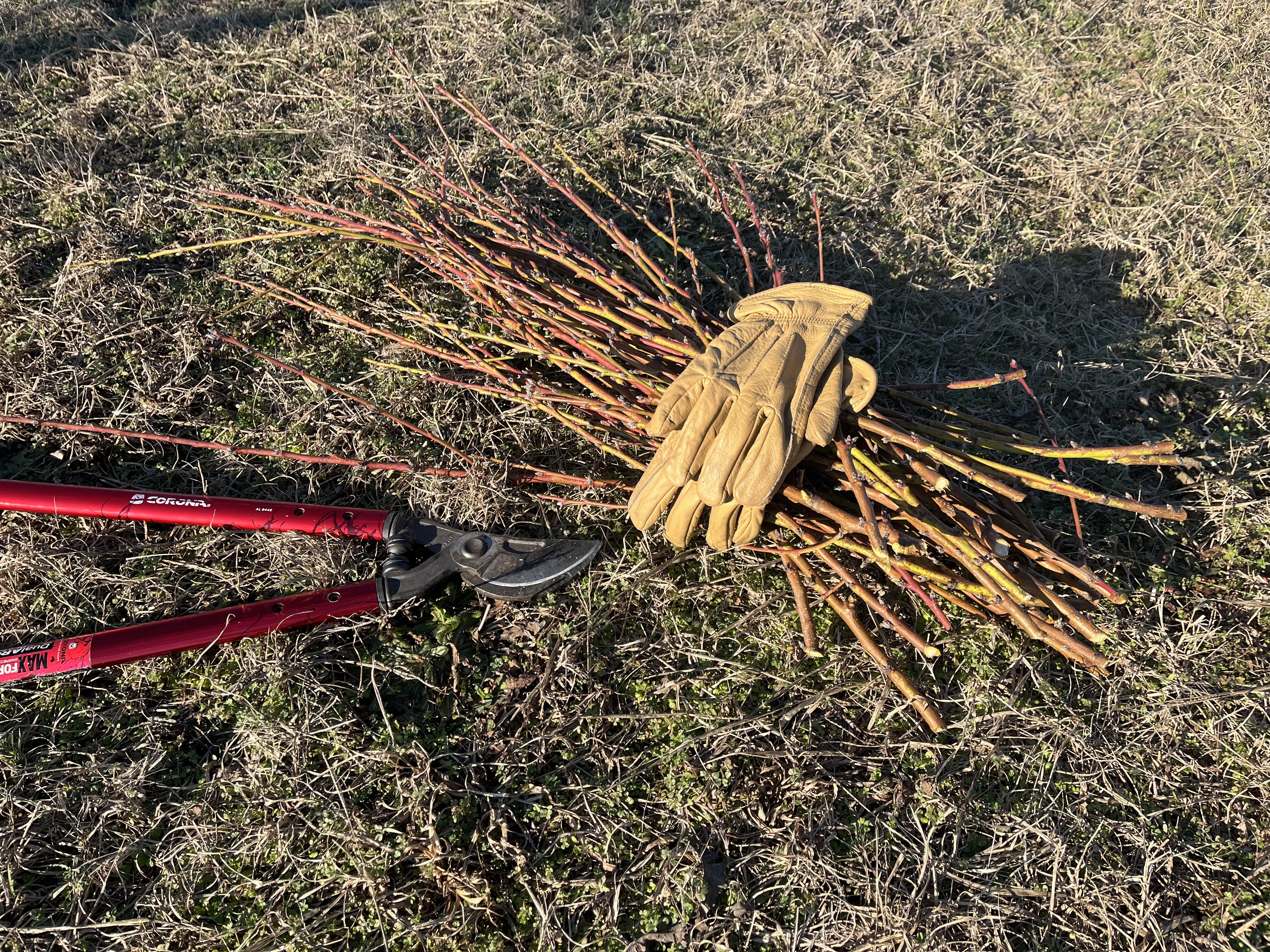Forcing Blooms for a Winter Pick-Me-Up
go.ncsu.edu/readext?987475
en Español / em Português
El inglés es el idioma de control de esta página. En la medida en que haya algún conflicto entre la traducción al inglés y la traducción, el inglés prevalece.
Al hacer clic en el enlace de traducción se activa un servicio de traducción gratuito para convertir la página al español. Al igual que con cualquier traducción por Internet, la conversión no es sensible al contexto y puede que no traduzca el texto en su significado original. NC State Extension no garantiza la exactitud del texto traducido. Por favor, tenga en cuenta que algunas aplicaciones y/o servicios pueden no funcionar como se espera cuando se traducen.
Português
Inglês é o idioma de controle desta página. Na medida que haja algum conflito entre o texto original em Inglês e a tradução, o Inglês prevalece.
Ao clicar no link de tradução, um serviço gratuito de tradução será ativado para converter a página para o Português. Como em qualquer tradução pela internet, a conversão não é sensivel ao contexto e pode não ocorrer a tradução para o significado orginal. O serviço de Extensão da Carolina do Norte (NC State Extension) não garante a exatidão do texto traduzido. Por favor, observe que algumas funções ou serviços podem não funcionar como esperado após a tradução.
English
English is the controlling language of this page. To the extent there is any conflict between the English text and the translation, English controls.
Clicking on the translation link activates a free translation service to convert the page to Spanish. As with any Internet translation, the conversion is not context-sensitive and may not translate the text to its original meaning. NC State Extension does not guarantee the accuracy of the translated text. Please note that some applications and/or services may not function as expected when translated.
Collapse ▲The winter landscape can be beautiful, but if you are like me, you are ready for some spring color. We are still several weeks away from spring and seeing color outside. However, that doesn’t mean we can’t bring some inside. Spring blooming shrubs and bulbs can be forced to bloom indoors brightening up your home to help get you through the gloom of the last few weeks of winter.
The easiest trees and shrubs to force into bloom are ones that bloom in early spring. The most commonly forced are pussy willow, flowering quince, and forsythia. Less common but still well suited are crabapples, apples, peach, pear, hawthorn, magnolias, redbuds, willows, wild plum, cherries, lilacs, vernal witchhazel, and serviceberry. These plants set their flower buds in the summer and are now dormant waiting for warmer temperatures. Late winter is the best time to prune deciduous trees and shrubs which is the perfect time for forcing blooms. The time period required to force blooming is dependent on the species and collection date. For example, forsythia and pussy willow take 1-3 weeks, apple and crabapple take 2-4 weeks and magnolias can take 3-5 weeks. The closer the branches are collected to the plant’s normal outdoor blooming time, the sooner they will bloom indoors. No matter how long it takes, this is a great way to bring color into your home while anxiously awaiting the arrival of spring.

Overall, forcing flowering branches is simple, but here are a few techniques that will set you up for successful blooming.
- When cutting branches for forcing, cut while temperatures are above freezing. This will make for an easier transition from the cold outdoor temperatures to the warm indoor temperatures.
- Select branches that are plump with flower buds and that are at least 12 inches long and less than ½ inch in diameter (about the diameter of a pencil).
- Once inside, recut stems under running water. Then, hammer or split the cut ends and submerge branches in very warm water. This woody growth doesn’t uptake as much water as the green fleshy branches in the spring, when you open up the stem it allows more water uptake. Completely submerging stems helps branches break dormancy, this can be done in a bathtub or spare tote. Let branches sit for about four hours or overnight allowing buds to absorb water directly.
- After soaking, stand cuttings in a deep bucket of warm water with a plastic bag over the top increasing the humidity overnight.
- The next day, change the water and place the container in a bright location. Start with an area that is about 60℉ because higher temperatures will cause the branches to drop blooms. In a week or so, you can speed up flowering by moving branches to a warmer room.
- Check branches frequently, they will need regular misting to prevent buds from drying out and the water should be changed daily to every few days to prevent the growth of bacteria or fungi that will inhibit water uptake and the health of the cuttings.
The displays you can make with flowering branches are endless so get creative. Dramatic displays can be created by arranging a bundle of branches by themselves. Smaller branches can be paired with delicate spring flowers and single larger stems make for a great statement piece. Experiment with different textured and colored vases and pots. Pay attention to how light from a window or lamp impacts the piece as well as the shadows it casts.
Forcing flowering is a wonderful way to use otherwise discorded pruned material. Branches will brighten up your indoor space while you wait for the arrival of spring and it’s just a fun way to interact with your winter garden. For more information about landscape or container gardening, contact N.C. Cooperative Extension, Richmond County Center at (910) 997-8255. Follow us on Facebook and visit our website for program updates.



